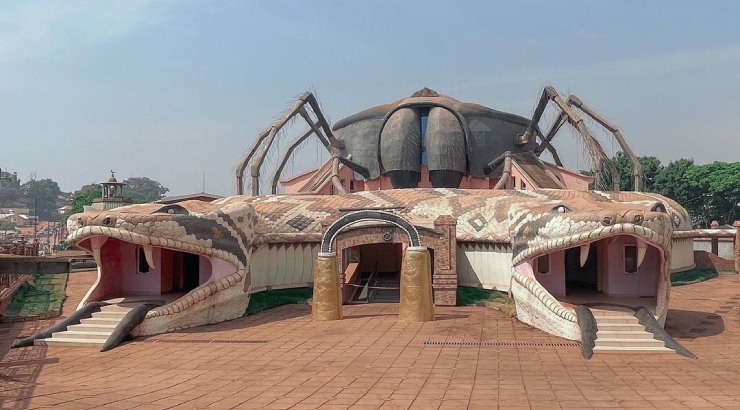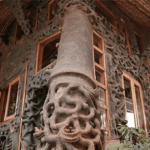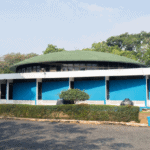

The Coptic Museum
The Coptic Museum, located in Coptic Cairo, Egypt, is renowned for housing the world's largest collection of Egyptian Christian artifacts. It was established by Marcus Simaika in 1908 with the primary aim of preserving Coptic antiquities. The museum, erected on 8,000 square meters of land donated by the Coptic Orthodox Church of Alexandria under the guardianship of Pope Cyril V, documents the history of Egypt from its origins to the present day.
The museum is home to some of the most significant examples of Coptic art globally. Marcus Simaika Pasha founded the Coptic Museum in 1908 after gaining approval and receiving a number of silver antiquities from Patriarch Cyril V and fundraising through public subscription. The museum was inaugurated on 14 March 1910, with the Coptic community generously donating numerous vestments, frescoes, and icons. The museum came under the jurisdiction of the Department of Antiquities in 1931, becoming a state museum. By 1939, the collection of Christian antiquities from the Egyptian Museum had been relocated there. The Old Wing of the museum was closed due to damage in 1966, but between 1983 and 1984, the entire museum underwent a comprehensive renovation. The foundations of the museum were reinforced between 1986 and 1988, which helped it withstand the 1992 earthquake. Further renovations occurred in 2005-06.
The museum grounds are surrounded by old Coptic churches, including six churches with origins dating back to the 5th century AD. These include the Hanging Church of the Virgin Mary and the Church of St. Sergius. The museum's surroundings are peaceful and tranquil, with the building itself featuring mosaic-paved floors and old mashrabiya screens.
The museum houses an impressive collection of approximately 16,000 artifacts from the Christian era, bridging the Pharaonic and Islamic periods. The displayed artifacts, arranged in chronological order through twelve sections, shed light on a period of Egypt's history that is often overlooked, illustrating how Coptic culture's artistic development was influenced by Pharaonic, Graeco-Roman, and Islamic cultures.
The Coptic Museum is particularly known for its comprehensive collection of Coptic artifacts and artwork. These Coptic monuments exhibit a rich fusion of Egyptian, Greek, Roman, Byzantine, and Ottoman traditions, creating a link between ancient and Islamic Egypt. The collection, grouped into various mediums such as stonework, woodwork, metalwork, textiles, and manuscripts, has around 15,000 objects on display.
Additionally, the Coptic Museum houses a corpus of 1,200 Nag Hammadi manuscripts in a library, which is only accessible to specialist researchers. The Nag Hammadi library is an invaluable resource for scholars studying early Christian and Gnostic texts.
Location
Contact Information
Contact Listings Owner Form
The Coptic Museum 0 reviews
Write Your ReviewThere are no reviews yet.

















 No products in the basket.
No products in the basket.